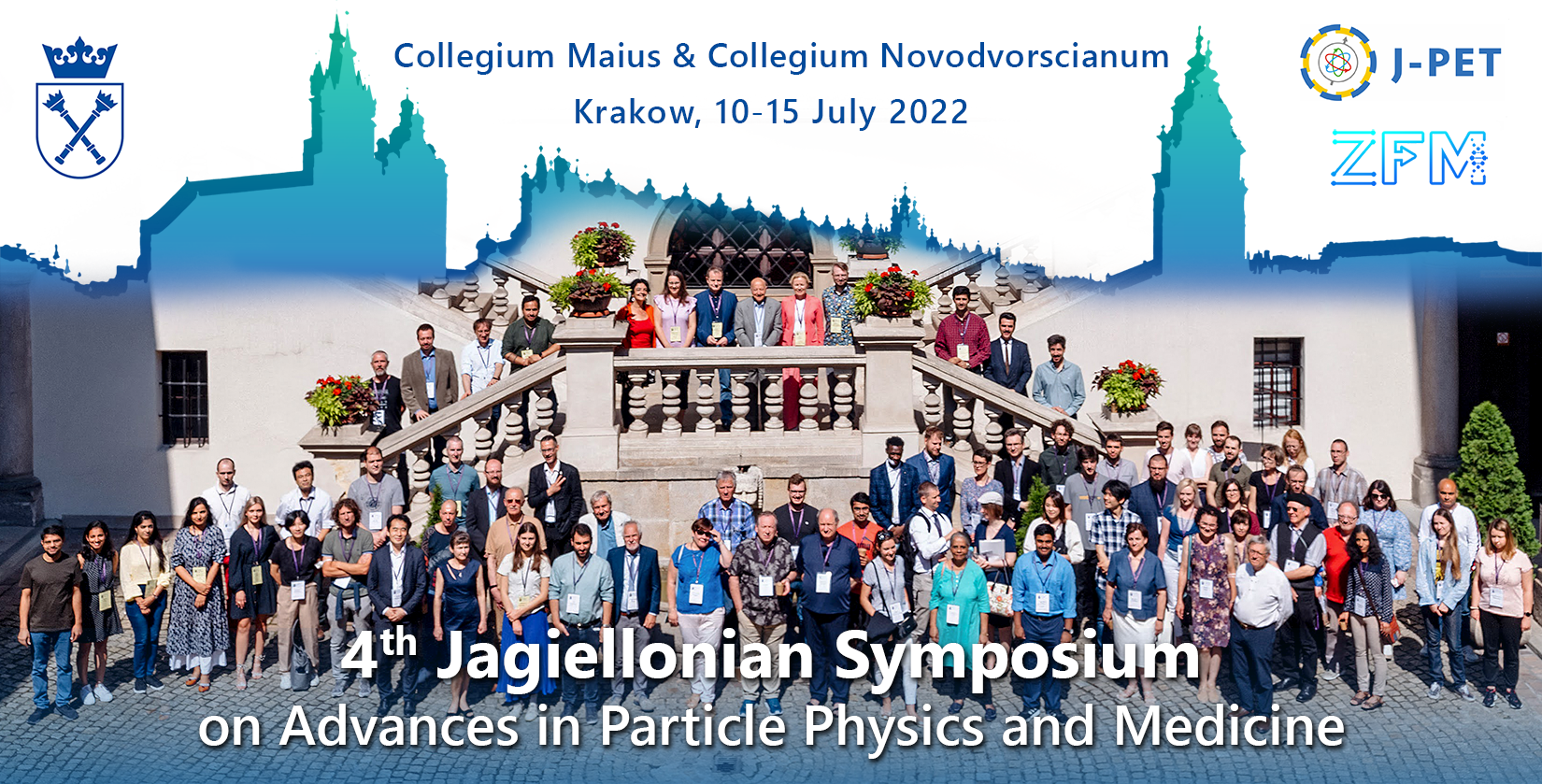Speaker
Description
The introduction of X-Ray by Roentgen in 1895 started a major revolution in medicine and still continues to have an impact on its current practice on a daily basis. However, no major, physics-based invention was initiated until the 1960s when David Kuhl at the University of Pennsylvania (Penn) introduced the concept of tomography as we know today. He and his colleagues were first to design an instrument that allowed radiation-based imaging of brain tumors by a technique that was called “emission tomography” at the time. The invention of Computed Tomography (CT) by Hounsfield in 1971 added a major dimension to modern imaging armamentarium. While prototype CT imaging was somewhat complicated and limited in scope, over the past 5 decades, this very powerful imaging modality has matured significantly and is nowadays the workhorse of clinical practice of medicine. The introduction of the concept of MRI in 1970s by Lauterbur added a major dimension to medical imaging and its role in complicated diseases and disorders.
Initial applications of emission tomography were primarily focused on assessing blood-brain barrier abnormalities by conventional radiotracers. However, the significant superiority of contrast enhanced CT over emission tomography propelled investigators at Penn to introduce the concept of assessing brain glucose metabolism by radiolabeled deoxyglucose. Efforts at Penn soon led to synthesizing 18F-Fluorodeoxyglucose (FDG) and the first human studies were performed in August 1976. The success of this effort was a major stimulus to mobilizing forces for practical applications of positron emitting radiopharmaceuticals for both research and clinical purposes. Investigators at Washington University, led by Michael Ter-Pegossian, designed and built prototype positron emission tomography (PET) instruments that further enhanced the role of the modality in many settings. Over the years, significant advances have been made in designing CT, MRI, and PET imaging which has improved practical applications of such instruments. In 2000, the first hybrid PET/CT instrument was introduced by investigators at the University of Pittsburgh, and this allowed combining molecular images acquired by PET with those of CT. During the past 10 years, PET/MRI instruments have further enhanced our ability to combine the advantages of these two powerful modalities as a single powerful unit.
During the past several years, investigators at University of California, Davis and United Imaging in Shanghai have designed and built total body PET/CT instruments for simultaneous imaging of the entire body with a single acquisition. Similar approaches have been adopted by investigates at Penn, the University of Kraków, and Siemens which is further enhancing the role of this approach worldwide.
Over the past few decades, molecular imaging with PET has made a major impact in many domains in medicine. While initial interests were focused on brain imaging because of the
limitations of available instruments during the early years of PET technology, the introduction of body imaging has expanded interests into imaging various malignancies, cardiovascular disorders, and many infectious/inflammatory diseases. The application of PET to the day-to-day practice of medicine has substantially improved patient care in many disciplines including neurology, oncology, orthopedics, and other disorders of mankind. These approaches have substantially influenced management of patients and avoiding unnecessary and costly procedures. Because of the success of FDG, many new tracers have been introduced over the years that have shown great promise in assessment of both benign and malignant abnormalities. The ability for successful quantification by PET has also made a major contribution to the success of this modality. During the past few decades, great interest of global disease assessment by the medical imaging for many systemic disorders has become a reality employing conventional PET instruments with a limited field of view. This approach provides a single number that represents disease activity throughout the body and has significant implications for optimal management of the affected population. Therefore, the ability to image the entire body with total body PET instruments combined with such quantitative capabilities will have far reaching impact in the future. In convulsion, the revolution that has evolved over the past 5 decades in medical imaging is unparalleled in any discipline in medicine and this will lead to substantially improved patient care in the future worldwide.

